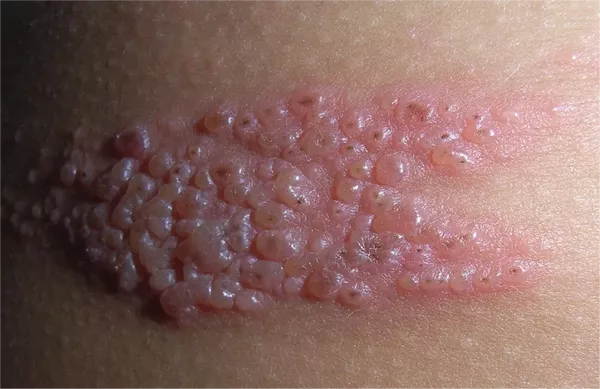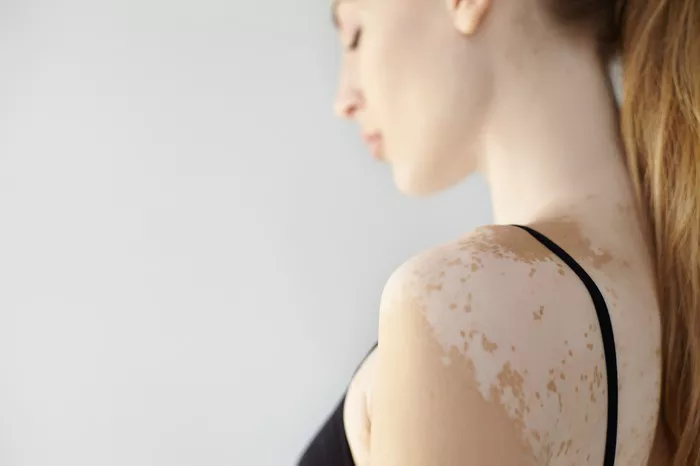Shingles, or herpes zoster, is a painful rash caused by the varicella-zoster virus, the same virus that causes chickenpox. Understanding the timeline of shingles, particularly when blisters appear, can help individuals manage symptoms effectively. This article provides a detailed look at the shingles rash, the progression to blisters, and how to manage the condition.
What Is Shingles?
Shingles is a viral infection that affects the nerves and skin. It occurs when the varicella-zoster virus reactivates after lying dormant in the body, usually after a person has had chickenpox. Shingles can cause painful rashes and blisters.
Who Is at Risk?
Anyone who has had chickenpox can develop shingles, but certain factors increase the risk, including:
Age: People over 50 are at a higher risk.
Weakened Immune System: Conditions like HIV/AIDS, cancer, or those taking immunosuppressive medications.
Stress: High levels of stress can trigger the virus.
Stages of Shingles
The progression of shingles occurs in several stages. Understanding these stages can help you identify when blisters might appear.
1. Prodromal Stage
This stage can last from one to five days. During this period, you may experience:
Pain: Often localized to one side of the body.
Tingling or Burning Sensation: This may precede the rash.
Flu-like Symptoms: Fever, fatigue, and headaches may occur.
2. Rash Development
After the prodromal stage, the shingles rash develops. This rash typically appears in a specific pattern:
Location: It usually appears on one side of the torso but can occur on the face or other areas.
Appearance: The rash starts as small red spots and can progress rapidly.
3. Blister Formation
Blisters usually appear 1 to 3 days after the rash begins. Here’s what to expect:
Initial Blisters: The small red spots turn into fluid-filled blisters.
Number of Blisters: The number can vary; some individuals may develop a few, while others may have many.
Pain and Itching: Blisters are often accompanied by significant discomfort.
Timeline of Rash to Blister
Day 1: Prodromal symptoms (pain, tingling).
Day 2-3: Rash appears.
Day 4-5: Blisters start to form.
Understanding Blisters
Blisters are a key characteristic of shingles. They contain clear fluid and can be quite painful. Here are some details:
Types of Blisters
Small Blisters: These may cluster together, forming larger areas of fluid-filled sacs.
Larger Blisters: Sometimes, blisters can be larger and may break open.
Duration of Blisters
Lifespan: Blisters can last 5 to 7 days before they start to crust over.
Crusting: After a week, the blisters typically crust over and begin to heal.
Complications
In some cases, blisters can lead to complications:
Secondary Infections: If blisters break, bacteria can enter, leading to infections.
Postherpetic Neuralgia: Persistent pain after the rash heals can occur.
How to Manage Shingles
Managing shingles effectively can help reduce the severity and duration of symptoms.
1. Medications
Antiviral Medications: Prescription antiviral drugs like acyclovir can help speed up healing and reduce pain.
Pain Relief: Over-the-counter pain relievers like ibuprofen or acetaminophen can alleviate discomfort.
2. Home Remedies
Cool Compresses: Applying a cool, damp cloth to the rash can soothe pain and reduce itching.
Calamine Lotion: This can help dry out blisters and ease itching.
3. Lifestyle Changes
Rest: Ensure adequate rest to support your immune system.
Healthy Diet: A balanced diet rich in vitamins can help recovery.
When to Seek Medical Attention
While most cases of shingles resolve on their own, there are situations where medical attention is necessary:
Severe Pain: If pain is unbearable despite medication.
Vision Problems: If the rash appears near the eye, seek immediate care.
Signs of Infection: Increased redness, swelling, or pus from the blisters.
Prevention of Shingles
While there is no guaranteed way to prevent shingles, certain measures can help:
1. Vaccination
The shingles vaccine is recommended for adults over 50. Vaccination can significantly reduce the risk of developing shingles and its complications.
2. Managing Stress
Reducing stress through relaxation techniques, exercise, and hobbies can lower the risk of virus reactivation.
Conclusion
Understanding how long it takes for blisters to appear after a shingles rash is crucial for effective management of the condition. Typically, blisters appear 1 to 3 days after the rash begins. While shingles can be painful and distressing, prompt treatment can help minimize symptoms and speed up recovery. If you experience symptoms of shingles, consult a healthcare professional for appropriate care and support. Taking preventive measures, such as vaccination and stress management, can help reduce the risk of developing shingles in the future.
Related topics:



























